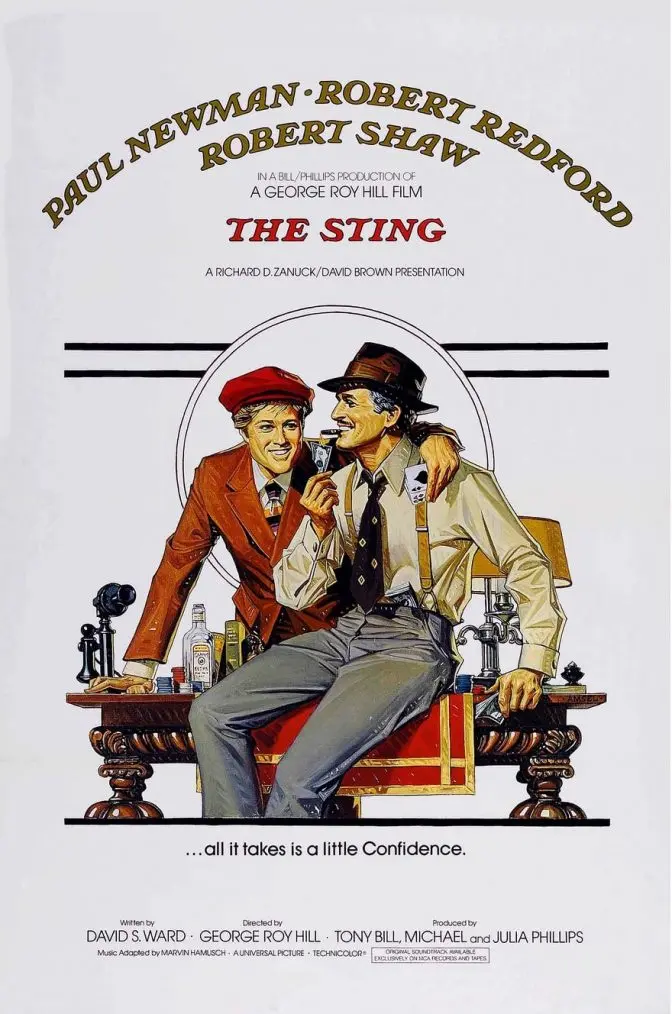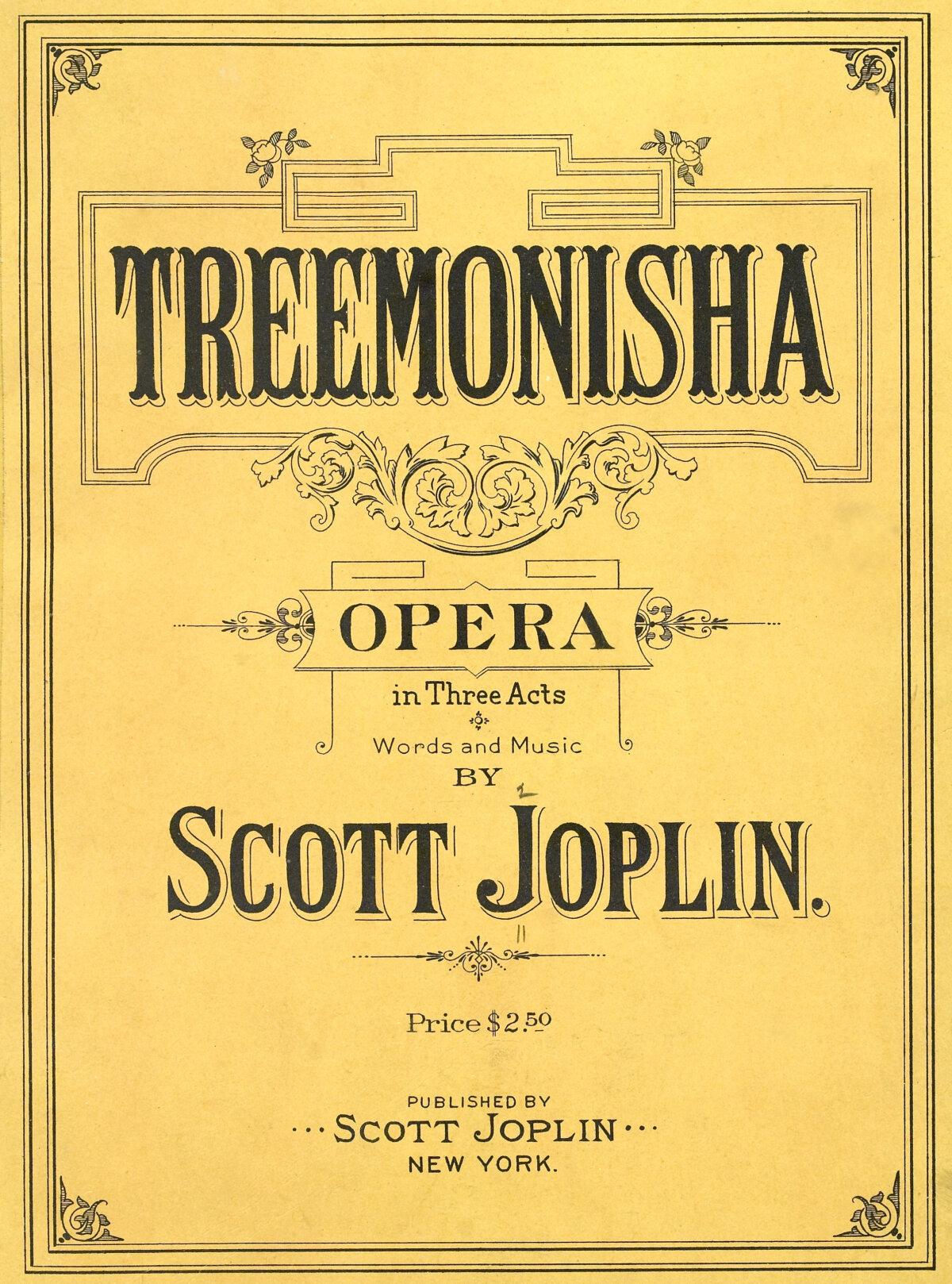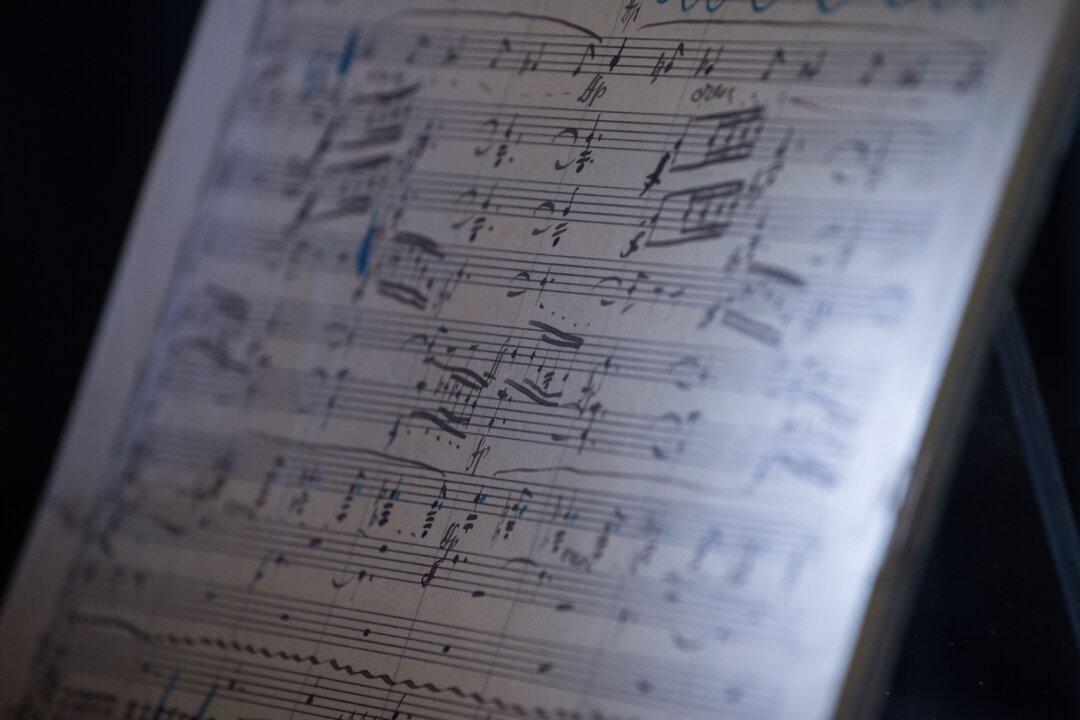Commentary
In the darkest days of lockdown, as the sun went down on the world, and stayed that way for so long, finding suitable music choices was not easy. My usual attachment to Mahler symphonies had to be shelved. Within these symphonies, you find the whole human experience and eternity as a bonus. It was enough to be watching such earth-shattering events in the world without hearing a soundtrack. So Mahler was simply impossible to hear for me personally.
Then I recalled a long-time dictum I’ve carried in my head. If you want to be happy, to experience the joy of perfect delight and contentment, to infuse any setting with color and love, there is one type of music that is absolutely infallible for the purpose. It is the ragtime music of the remarkable musical genius Scott Joplin.
It works. And so Joplin it was for me, for month after month, even extending to a full year.

The previous generation learned of Joplin from the excellent 1973 movie “The Sting” with Robert Redford and Paul Newman. Somehow and magically, the movie seems to be a picture of real life in the early thirties. The cars, homes, and fashions are perfect. So is the whole ethos: everyone of a certain class was scamming everyone else, while mobs and gangs were struggling for control.
The music of Joplin was actually from an earlier period of history but it worked beautifully for the film. The score by Marvin Hamlisch revealed the adaptability of Joplin’s compositions. Fully ten songs are used in total. They are set in a variety of instruments from band to small orchestral groups, with innovative voicings. Still, you hear the purest form in the original presentation: piano alone.
The most famous among them is “The Entertainer,” which quickly became a popular hit after the movie was released. My sense is that the melody is still popularly known today. But many other songs are in the film including “Solace,” “Pine Apple Rag,” “Gladiolus Rag,” “The Glove,” “Little Girl,” and “Merry-Go-Round Music.”

As a musical score, it compares to the greatest ever assembled. The core of it is Joplin’s genius. He was born in 1868 in Texarkana, Texas into a musical family with a father who was a former slave who learned the violin and a mother who sang and played banjo. In times when having a piano in the house was a luxury, Scott was a self-taught but obvious prodigy who attracted the attention of a German immigrant named Julius Weiss, who worked closely with him and probably brought the Polka style to his attention.
The result of this fusion of Afro-American, classical, and German popular style created what came to be called “Ragtime.” Scott later attended music school in Missouri. He came to fame at the World’s Fair in Chicago in 1893, revealing a new style to the world that eventually defined an era and a country: happy, fresh, and free.
As a side point here, there is nothing more preposterous and evil than the idea of stopping “cultural appropriation.” As Joplin’s music reveals, all genuine creativity is the result of cultural fusion. In his music, we hear a fascinating combination of German folk, European classical, and Afro-American influence. The result is fascinating and wonderful. Even to this, Joplin added something special.
It was his compositional skill even more than his technical abilities that are really striking. As a musician myself, having played with dance bands in high school, jazz bands in college, and conducting Renaissance choirs as an adult, I can say this much: no new melody has ever once occurred to me. So the skill to do so is always amazing to me, like people inspired to receive gifts from the Gods.
There are many great melodists in history such as Mozart, Haydn, Bach, Rossini, Bernstein, and Copeland but Joplin certainly ranks among them. You only need to listen a bit to get the hang of it. Something about his melodies connects deeply with the highest aspirations of the human spirit. Just beautiful creations in every way! And keep in mind that a great deal of it is lost, including a full opera (though his opera “Treemonisha” survives).

In the postwar period, much of ragtime music was forgotten in the culture-wide move to shake off the past, including literature, music, and the experience of two wars and economic depression. Joplin was a casualty of that. So in 1973, when the film “The Sting” appeared in theaters, it was a tremendous revelation to a whole generation. With that came the pride of knowing for sure that this was American music, written by a black man and son of a slave.
Even now, the ragtime sound defines what we think of as rooted American music, heard nightly on the streets in New Orleans and deployed in any setting where you need the happy to displace the sad, the ebullient to crowd out despair, and hope to triumph over tragedy. Perhaps this is why, for me, it became essential to my own listening over the last four years. It reminds us of what we think of as better times, in the past and perhaps to come as well.
Of course it also formed the beginnings of what we call jazz now, starting with the big bands of the thirties, the wartime classics, and then the beginning of the deconstruction that came with bebop much mutated into fusion, along with the origins of the rock and roll genre in the 1950s and continuing through this day. So Joplin is in many ways the root of all popular American music in both the 20th and 21st centuries.
None of which should take away from the reality of its sheer musical sophistication. There are many ways to perform Joplin, of course, but my own introduction came from Joshua Rifkin. He is a Bach specialist and a master of the most difficult keyboard works performed in the original style. He took it upon himself to perform extremely subtle and strict versions of Joplin’s complete piano works.

As a side note and of no relevance at all, I used to have preposterous fake arguments with economist Murray Rothbard over Rifkin’s version of Joplin. Murray was far more partial to the fun and jazzy versions performed by Oscar Peterson. He said they were more true to life and genuinely American than the classicalized versions by Rifkin. This argument aside, there are many ways to perform Joplin.
What about the association with brothels and saloons? Well, it is there and true but there were circumstances for why this was true and why it affected the development of popular music in the United States. Jim Crow laws and segregation generally blocked generations of tremendous black musicians from performance in conventional dance halls and theaters, so they found work in other venues such as brothels and speakeasies during the Prohibition Era.
In other words, it was government force that kept the performances separate until they came together in the postwar period. Still, when you listen to Paul Whiteman, the “King of Jazz,” you can hear Joplin’s influence throughout. Later and by the 1940s, all these divisions had begun to break down so that Whiteman and Billie Holiday collaborated on hugely successful commercial hits.
In this context, it might be helpful to compare with Taylor Swift’s stale, trite, and pathetic new album, which is utterly devoid of creativity, artistry, or even a hint of joy. How many more decades are going to pass when people listen to this half-century-old ooze? I swear the Rococo era didn’t last this long. If you want to know what it sounds like without hearing it, here’s a trick: listen to her last half-dozen albums. That’s the whole thing, with different tempos and sounds mixes. It’s nothing but a vapid retread.
By way of contrast, the real history of American music has much about which everyone can be proud, including Souza marches, Copeland ballets, film scores from the 1930s and onward, plus much rock and even rap. Essential to so much of it is the creativity and genius of this boy born in Texarkana who used the postbellum freedom in art and professional mobility to forge a new style that changed history.
Views expressed in this article are opinions of the author and do not necessarily reflect the views of The Epoch Times.







